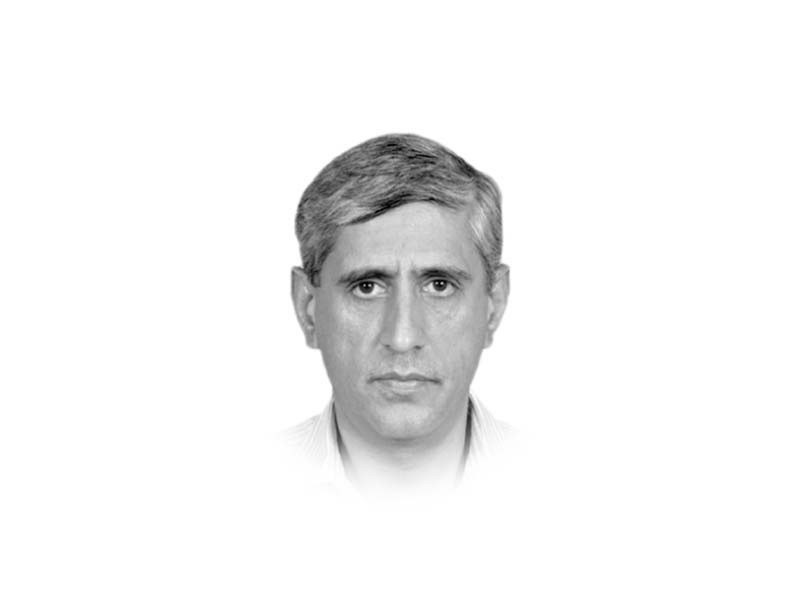
Pakistan has seen an ascendance and resurgence of cults with a metronomic regularity throughout its seven decades of existence. What’s the reason of that cult worship? Does that emanate from the culture or history or does that emerge out of unrequited desires and psychological complexes? According to a scholarly research by M Rousselet, there is a correlation between addictive disorders and cult membership. The vulnerabilities of certain individuals as well as segments of society to cult membership depend upon certain factors. These factors include social dissatisfaction, economic inequality and frustration with the existing brand of non-performing politics.
The average length of a cult as per research studies is nine years and the reasons compelling cult members to stick with their cult despite knowing its limitations are a psychological need for positive reinforcement, emotional dependence on the cult leader, and feelings of security as member of the cult. According to Burke and Permanente, the association with the cult’s culture of manipulation and psychological blackmail discourage the cult members to abandon cults, leaving them vulnerable to “Temporary Dependent Personality Disorder”. Cults are hard to leave for fear of social disapproval and ostracisation by the fellow group members.
According to scholars like Almendros, Buxant and Saroglou, one of the reasons for leaving the cult groups is disaffection with the cult doctrines and the realisation that the cults were fake. The leaving of the cult is facilitated by the family’s encouragement pretty much like the recovery from substance abuse. A study by American Society of Addiction Medicine shows a linkage between joining of cults and psychological relief as a coping strategy to overcome social and economic insecurity. According to Galanter, Levine and Wilson, the members of a cult find a dopamine like neural boost by being part of the cult. The predisposition to cult worship is heightened by perceived or actual deprivations whether in the social, psychological or politico-economic domain.
There is a difference between the cults and the political parties. Political parties have a manifesto whereas the political cults have a religion with their cult leader raised to the level of a deity. Political cults thrive on hatred of the other political parties that are irredeemably corrupt and tainted, only to be hated and not confabulated. Dr Steven Hassan in his book, The Cult of Trump, writes that the cult leaders like Trump thrive on mind control techniques like ‘BITE’ to control the behaviour, information, thoughts and emotions of followers to exercise an hypnotic control over them. Such is the power of that hypnosis that even sane and educated segment of the population falls for the dangerous rhetoric.
Such leaders as per Steven Hassan demand complete loyalty and obedience from their followers denigrating all dissent as ‘fake news’ against which ‘mental wall’ have to be built. The outrageous claims and lies of the cult leader are to be defended by his followers who shut themselves to any alternative reasoning and simply refuse to believe perfectly sane rebuttal to the apocryphal ideas of the cultist leadership. Such is the impact of the cult leaders that the followers are ready to commit acts that ordinarily would not even be contemplated by them.
In famous People’s Temple suicide in Jonestown Guyana, over 900 people committed mass suicide due to the cult leader’s indoctrination. In another similar incident in 1997 at San Diego, another cult called Heaven’s Gate forced its members to commit mass suicide resulting in loss of 39 lives. In Mount Carmel Axtell Texas in 1993, the Branch Dravidian cult led by David Koresh resulted in deaths of 82 cult members in a standoff with the federal government. In Saudi Arabia, a cult led by a Saudi fanatic preacher, Juhayman Al Otaybi, entered Masjid Al Haram and trapped thousands of worshippers inside in 1979. Saudi government had to use commandos, nerve gas and armoured personnel carriers to attack and flush out the militants.
Close to home, several manifestations of cultism have been witnessed — both of religious as well as political variety. The fertile soil for cult worship exists due to a variety of factors including a laissez faire approach to religion, outsourcing mosques to preachers and prayer leaders of dubious credentials. Rampant poverty, weak law enforcement and poor governance have created a large cohort of unemployable young men who are poorly educated and angry at the government which according to them has abandoned them. The public anger under such an environment can easily be diverted towards visible symbols of affluence and the social classes dominating that affluence. Any demagogue or a cult leader under these propitious conditions can use words to frame his struggle for power as a struggle for the rights of dispossessed and deprived.
The religious cults use religion whereas the political cults use politics to mask the real objective i.e. amassing of power and pelf for self-aggrandisement. We have seen religious cults like TTP, Daesh and Al Qaeda that employ religion as a vehicle to attain political power. In a polity riven by dynastic politics, lack of internal democracy in political parties and politics of patronage and pelf, the rise of demagogues and populists employing slogans as political strategy to capture votes is but natural. PPP attained the cult status under Zulfikar Ali Bhutto before maturing into a political party. The latest variant of the political cult was PTI.
The rise of PTI was facilitated by the establishment that tried to be the agent of the change on behalf of a disaffected middle class that was tired of the venality and patronage driven dynastic politics. The experience went bust due to the degeneration of the promised change agent into a political cult that mistook rhetoric and virtual reality of social media as reality. An echo chamber of “the leader can do no wrong” was created layered with a social narrative of ‘tabdeeli’ i.e. the revolutionary change. When the virtual reality came in conflict with the actual reality and the differences emerged between the establishment and the PTI, the party lost no time in losing majority in Parliament and being voted out of power.
The PTI chairman, instead of playing mature politics, threw himself pell-mell into politics of agitation, leveling allegations of conspiracy against military leadership and the USA for his ouster. The poison injected in his cadres and the redline narrative resulted in unthinkable on 9th May when the Rubicon was finally crossed. There are lessons galore out of the worship of PTI cult. Undisturbed organic flow of politics, political reforms, better governance, economic revival, primacy of human security and rule of law emerge as the important lessons which, unless heeded, would keep the bane of cult worship alive.
Published in The Express Tribune, July 15th, 2023.
Like Opinion & Editorial on Facebook, follow @ETOpEd on Twitter to receive all updates on all our daily pieces.

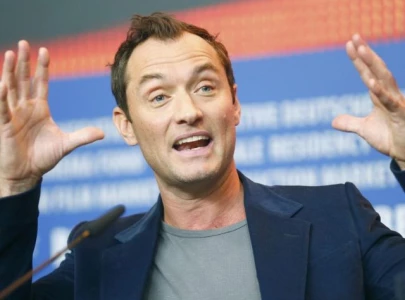

1723621875-0/kylie-(1)1723621875-0-165x106.webp)








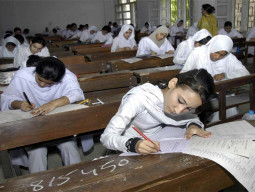

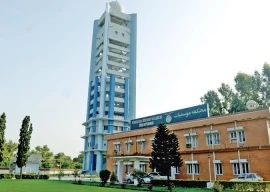
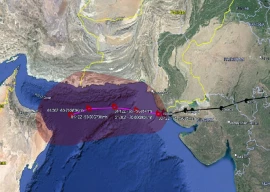
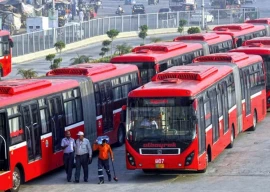

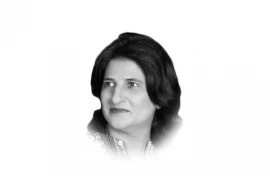
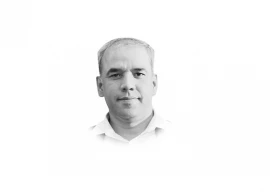
COMMENTS
Comments are moderated and generally will be posted if they are on-topic and not abusive.
For more information, please see our Comments FAQ